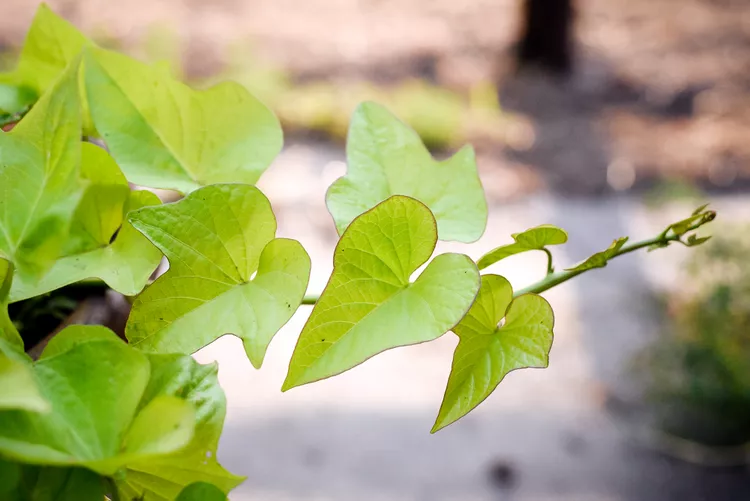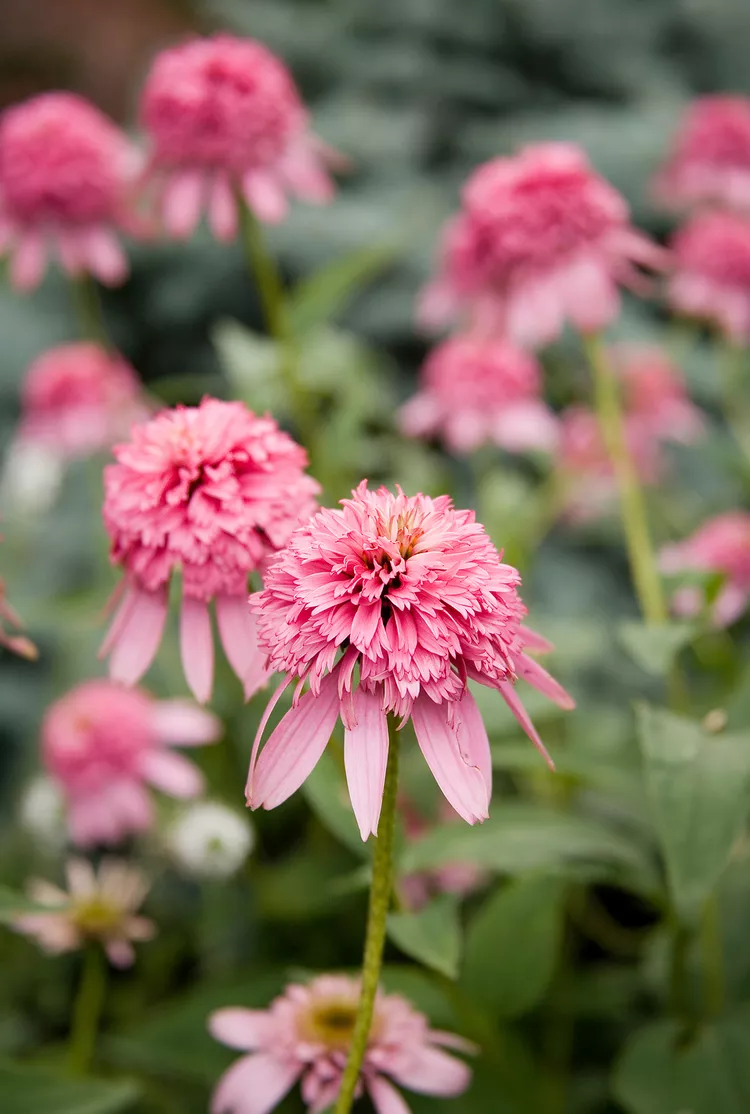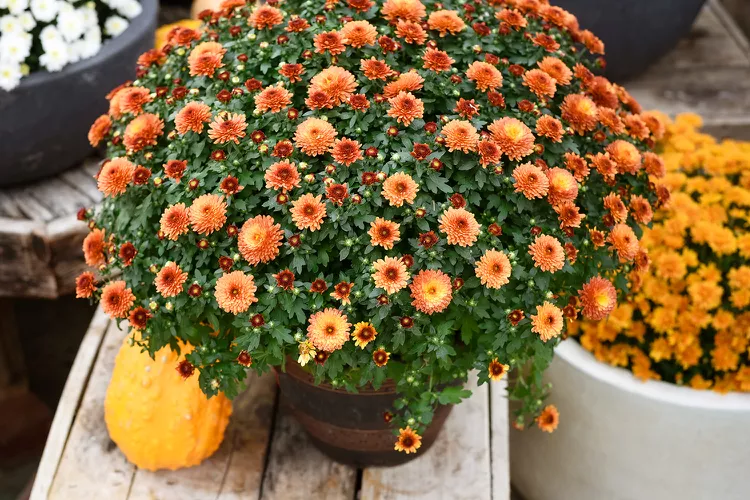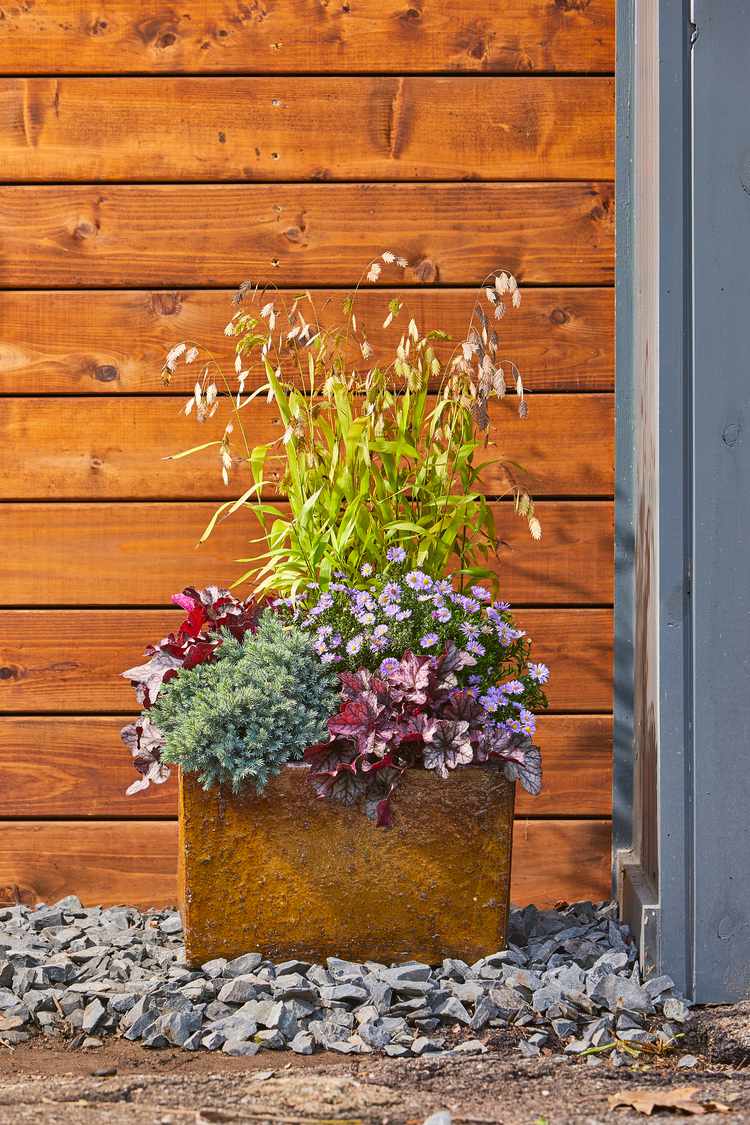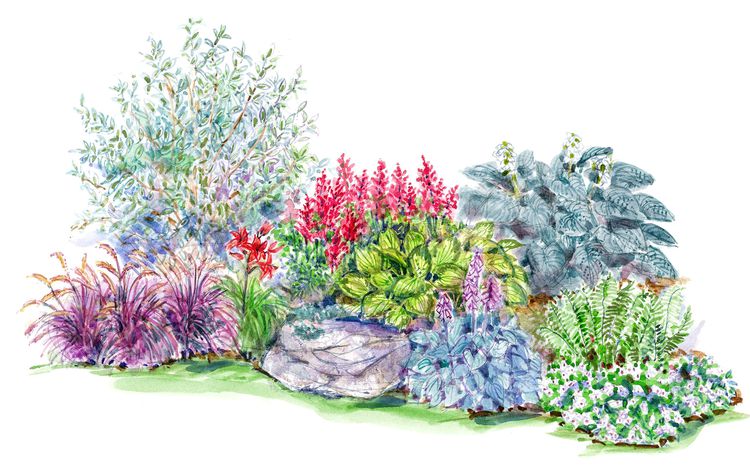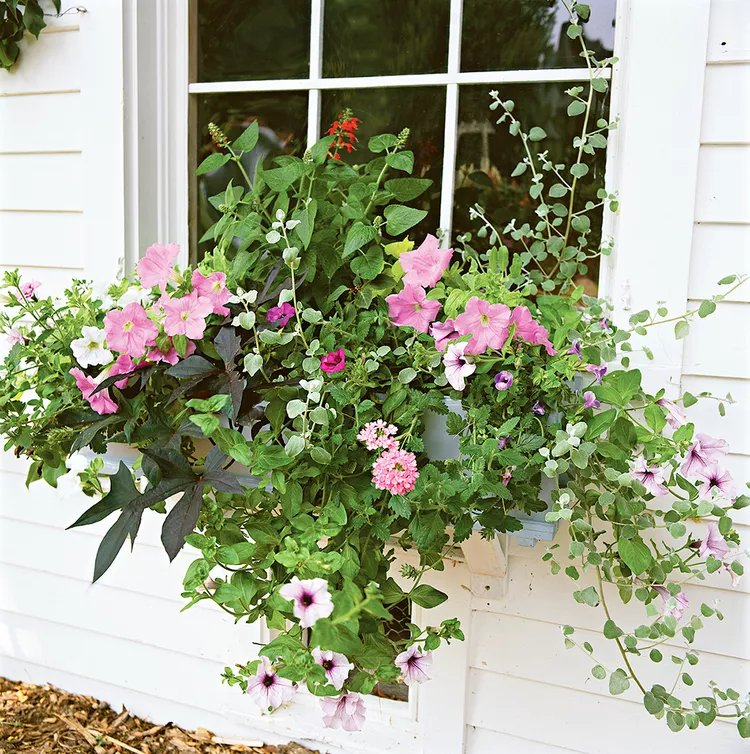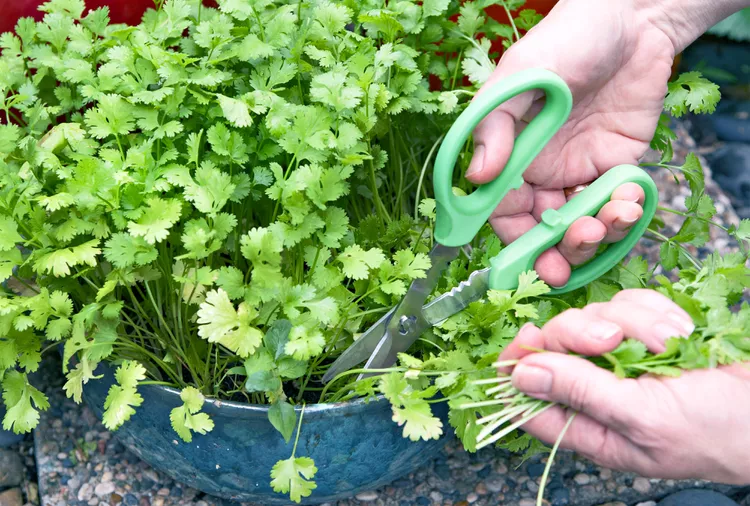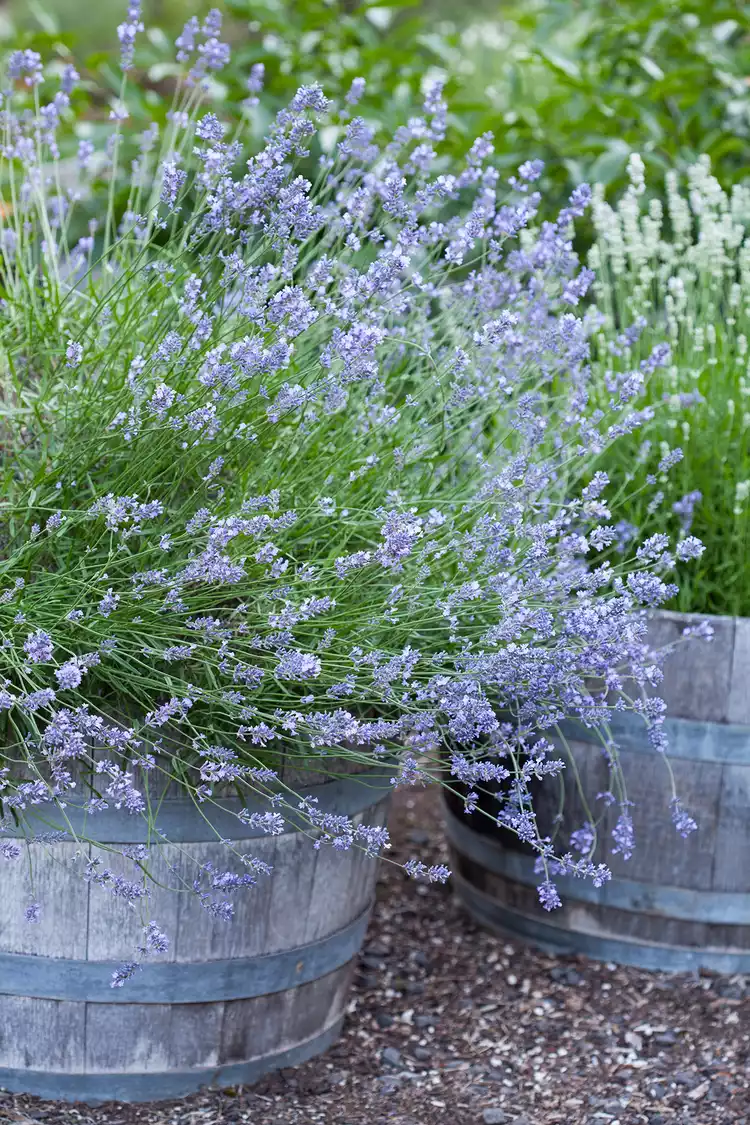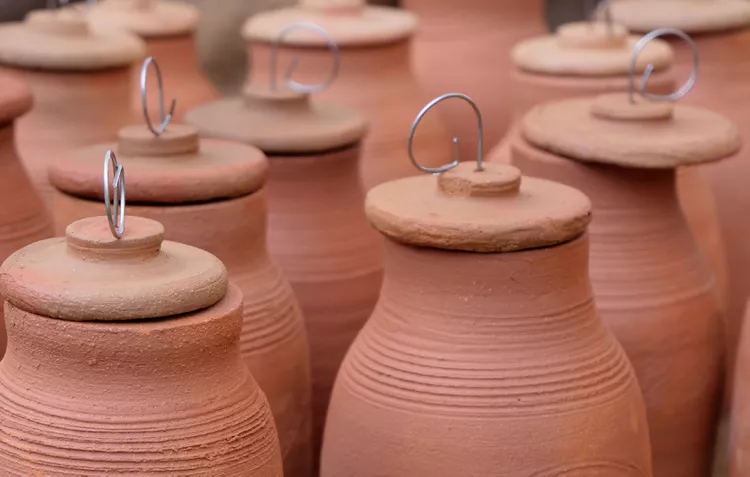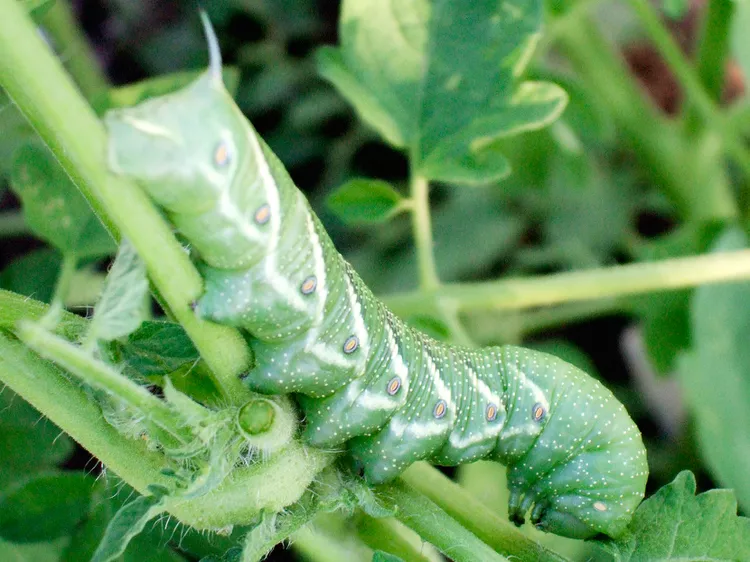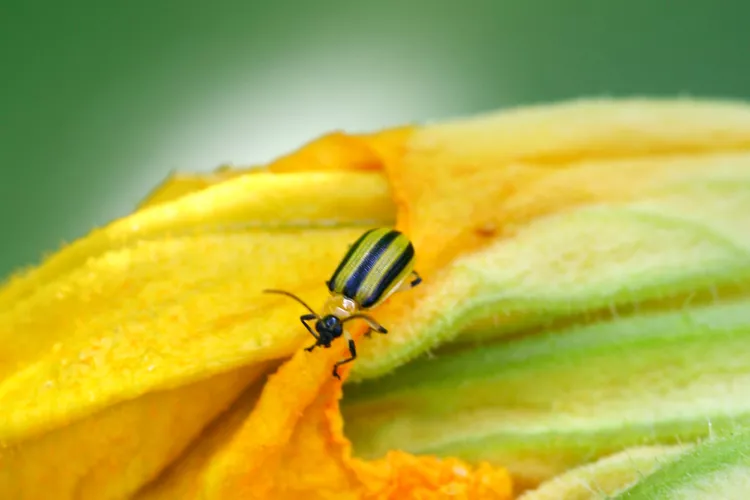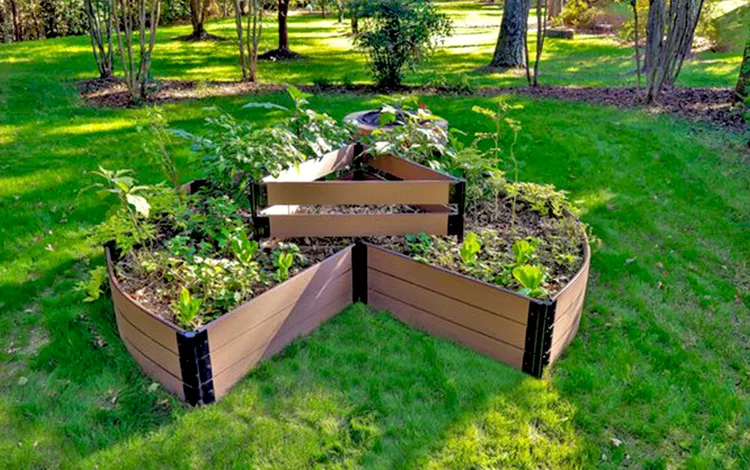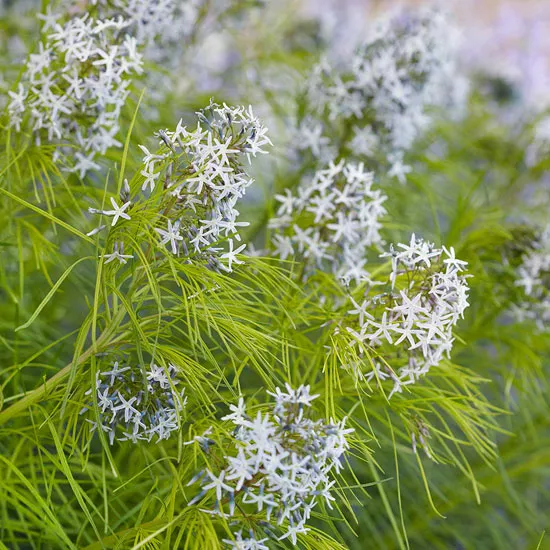Popular in container gardens and as groundcovers, ornamental sweet potato vines brighten up plantings with their colorful leaves, and they’re related to the sweet potatoes you’d grow in your vegetable garden or find in a grocery store. Both of these plants produce thick, root-like tubers underground. If you dig up the chartreuse-leaved ornamental variety ‘Marguerite’, you’ll see it has small, round tubers. And dark-leaved ‘Blackie’ usually has longer, narrower tubers.
While you can cook and eat these sweet potatoes, you might not necessarily enjoy them on your dinner plate. But you still may want to hang on to the tubers instead of throwing them out at the end of the growing season.
Are tubers from ornamental sweet potato vines edible?
If you want sweet potatoes to eat, the tubers from your ornamental sweet potato vines are indeed edible. However, you’re better off choosing a variety specifically developed as a food crop. That’s because sweet potato varieties for eating have a much better flavor and texture than ornamental types, which can taste bitter.
Instead, give the showy leaves of your ornamental sweet potatoes a try. They’re full of vitamins and antioxidants, plus they’re a good source of fiber. Raw sweet potato leaves have a slightly bitter taste (like spinach) but will lose their sharp flavor when boiled or steamed.
Test Garden Tip
Avoid using pesticides on or around the plants if you want to eat them.
:strip_icc():focal(599x0:601x2):format(webp)/woman-holding-sweet-potatoes-e2fefd89-bacdcc39af0d4d199ac97f13511b2dbb.jpg)
:strip_icc():focal(599x0:601x2):format(webp)/sweet-potatoes-in-dirt-bb443727-3bea2b451ff6473aaead216fc66fd30e.jpg)
Propagating Ornamental Sweet Potato Vines
Whether you want to eat them or not, it’s worth saving the tubers to grow new plants for next year. You can store them like bulbs and plant them in containers the following spring. After you’ve cleaned out your containers for the season, rinse off the tubers and let them dry completely. Then keep them in a cool place (like a basement) throughout the winter. Once temperatures stay above freezing in spring, plant your tubers in moist potting mix in your containers. They should sprout in a week or two.
Another way you can grow more plants for a new growing season is with cuttings, known as sweet potato slips. To start, set one end of an ornamental sweet potato tuber in a jar of water to submerge half of it. Leave it in a warm, sunny spot. It will send out roots and stems within two weeks. Once the stems reach a few inches long, snip them off the tuber and place these cuttings in another jar of water. Wait another 1-2 weeks for them to root, then they’ll be ready to plant. This works for edible sweet potatoes as well.
